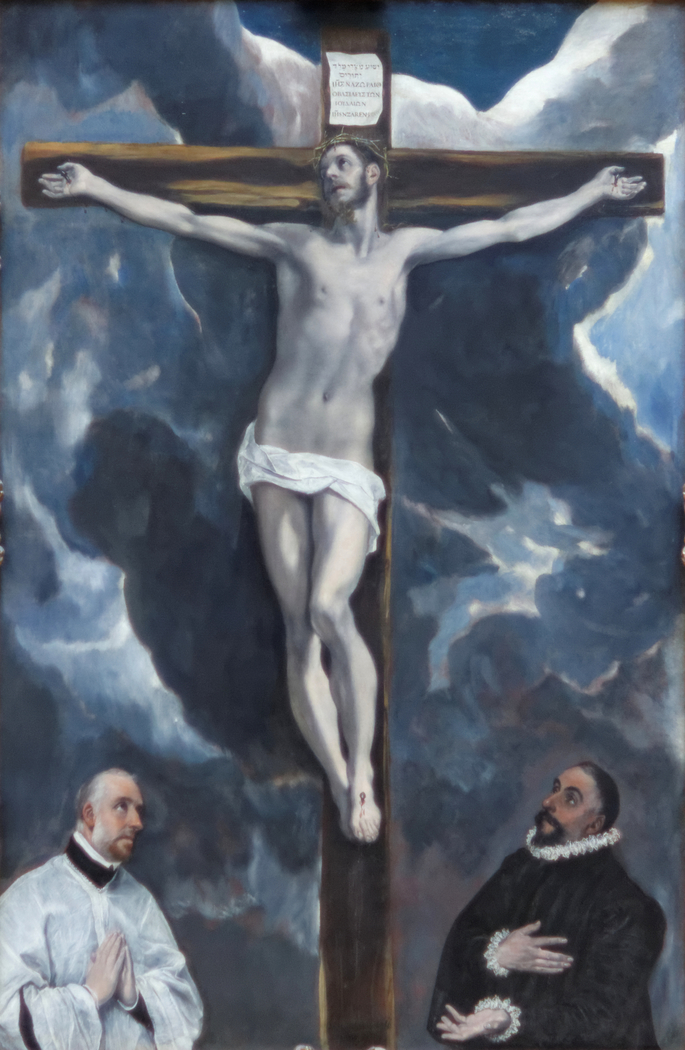
Tags
Loading...
Select from existing tags
Christ on the Cross Adored by Donors 1590
by El Greco
Christ is dying on the Cross, which stands out against a stormy sky. El Greco broke with tradition by placing two of his contemporaries, whose physical features he was fond of depicting, at the foot of the cross instead of the Virgin and Saint John. One of the figures, whose identity remains unknown, commissioned him to paint this devotional picture for a convent in Toledo...
- Size:
- 248 x 180 cm
- Medium:
- Oil on Canvas
- Credit:
- Courtesy of Wikimedia Commons
More from this artist...
Loading...

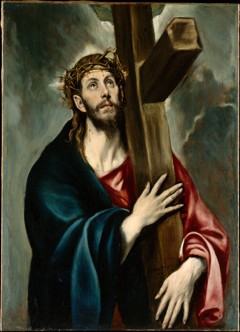
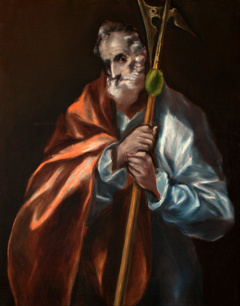
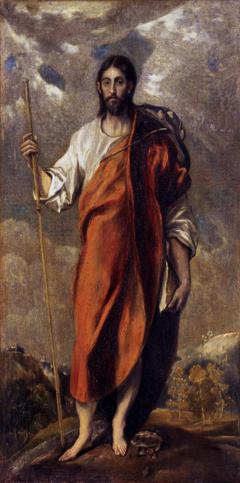
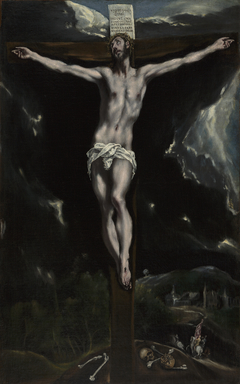
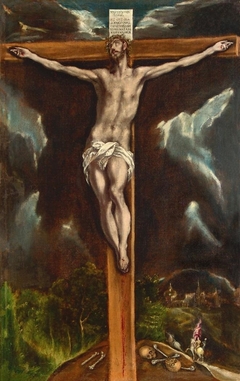
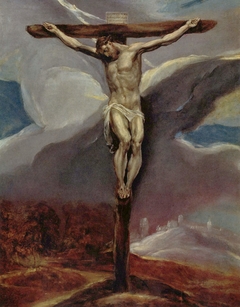
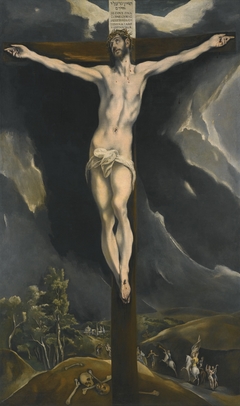
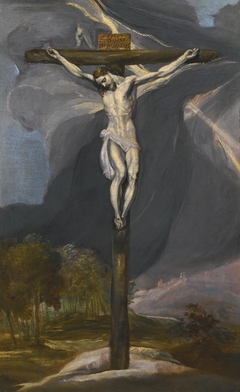


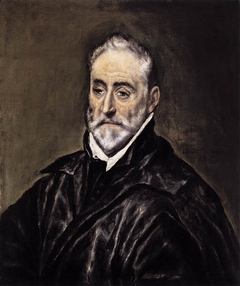

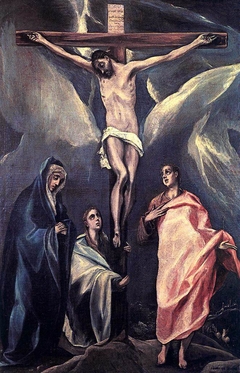
Discussion